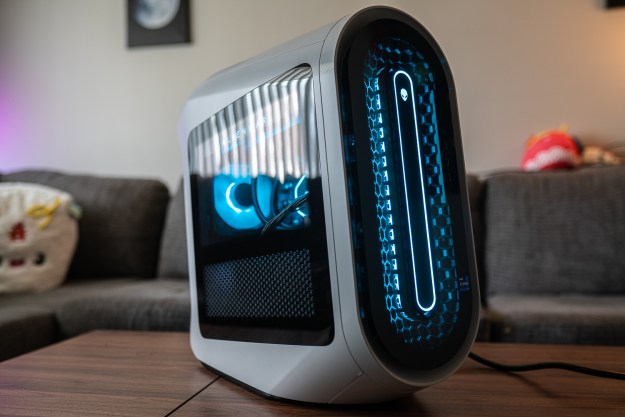While it might seem excessive to shell out over 200 clams on an SD card only to be filled with every episode of The Wire and all three Back to the Future movies, it’s actually a considerably more modest price than the $400 price tag SanDisk previously suggested.
Its Amazon listing indicates that Sandisk’s new high-capacity microSD card offers transfer speeds of up to 90MB per second, nearly double that of its 128GB counterpart. SanDisk claims that the improved read speed will allow for up to 1,200 photos to be transferred between devices in a single minute. Seeing as it’s a Class 10, which enables both video recording and playback, the card is presumably geared towards photographers and filmmakers who need more space than other SD cards can typically provide.
Available at:
Reaffirming this assumption, the UHS-I comes packaged with an SD card adapter specifically intended for use with MIL cameras. Furthermore, the MicroSD card is waterproof, temperature-proof, shock-proof, X-ray-proof, and magnet-proof in case the possibility of destruction was a deal-breaker for you.
Though it is admittedly on the pricey side, the SanDisk 200GB microSD card brings opulence in speed, storage, and durability that may very well justify the cost. If not, the 128GB flavor of the same card retails at $79 — more bang for your buck if you’re concerned with sheer volume.


